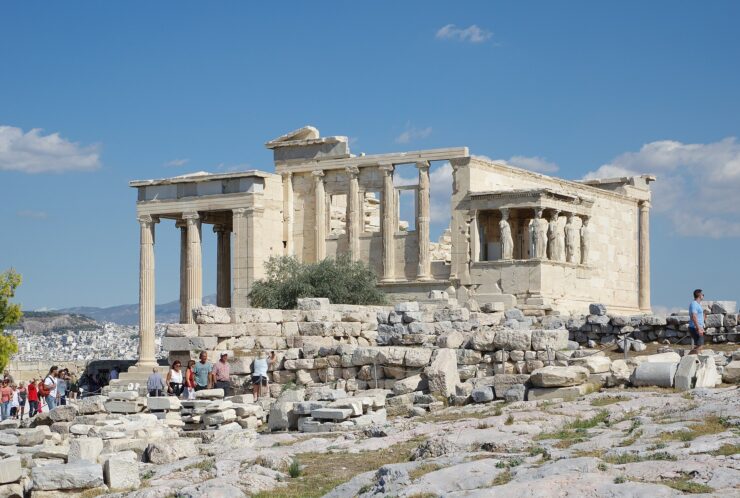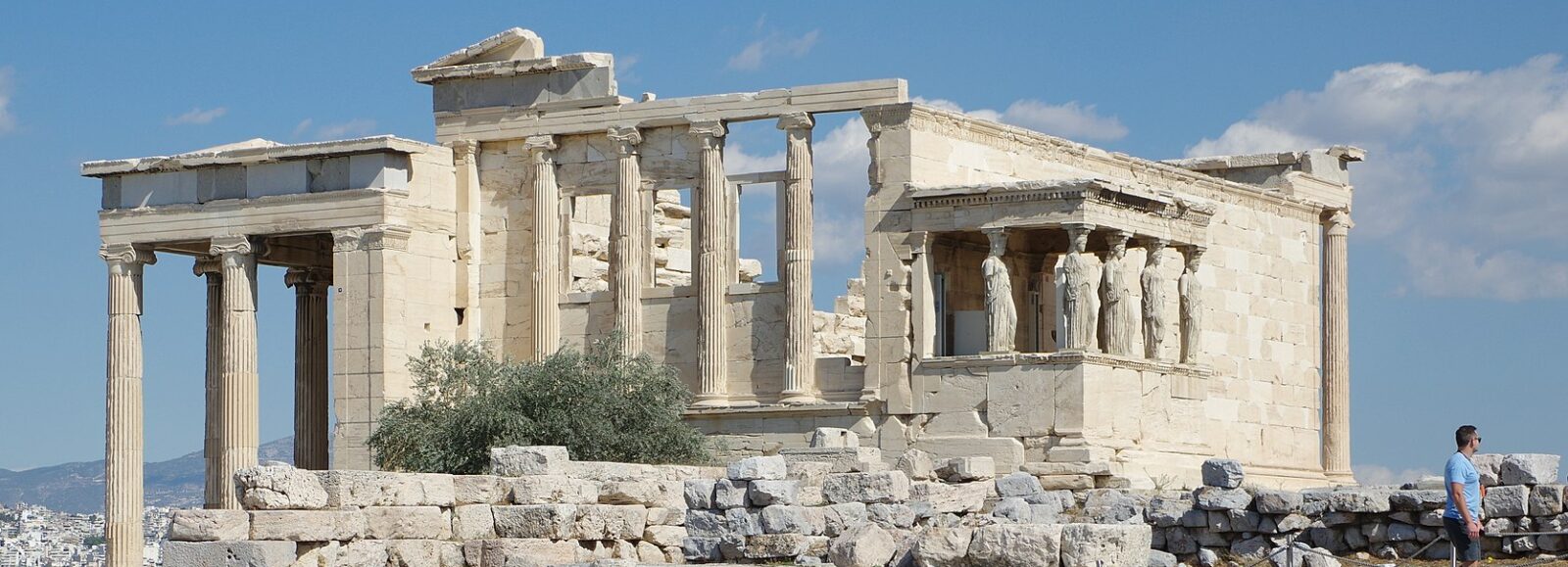The Case of the Missing Maidens
The politics of visibility on the Athenian Acropolis
Floris van den Eijnde and Janric van Rookhuijzen
The korai, female statues erected by prominent Athenian citizens, represented some of the most notable and eye-catching monuments on the Archaic Athenian Acropolis. The precise meaning of these statues, however, is still in dispute. While some have argued that these maidens portray the city’s patron-goddess, Athena, others have tended to interpret them as mere mortal girls. In the framework of this project, we argue that neither interpretation does complete justice to the rich contextual evidence that exists in the literary, epigraphic and archaeological record. Instead, we seek to find a multivalent interpretation that addresses both the agency of the dedicants, as well as the mythical significance of the location in which they stood, in front of the Old Temple of Athena, where the daughters of Erechtheus were venerated.
On a functional level, the korai represented Athena’s handmaidens—perhaps the arrephoroi, ergastinai or kanephoroi—dedicated as votives on behalf of elite families as a commemoration of the service of their daughters. Indeed, this practice is paralleled by honorific decrees from the Hellenistic period celebrating the dedications made on behalf of the Arrephoroi by their fathers in a gesture of self-aggrandizement (e.g. IG II2 1034, 1060). But the korai also contained a deeper mythological meaning as daughters of one of Athens’ founding fathers, Erechtheus. The question addressed in this project is why the practice of dedicating such prestigious and deeply religious statues suddenly came to a halt. We suggest that on the one hand this can be attributed to a rapidly emerging democratic ethos that placed a taboo on the erection of such status-enhancing, aristocratic monuments as the korai. More significantly, we argue that the maidens of the Karyiatid porch—part of the building commonly known as the Erechtheion—should be understood as the successors to the Archaic korai, now embedded in the most important building of the Athenian polis, the Archaios Neos.



